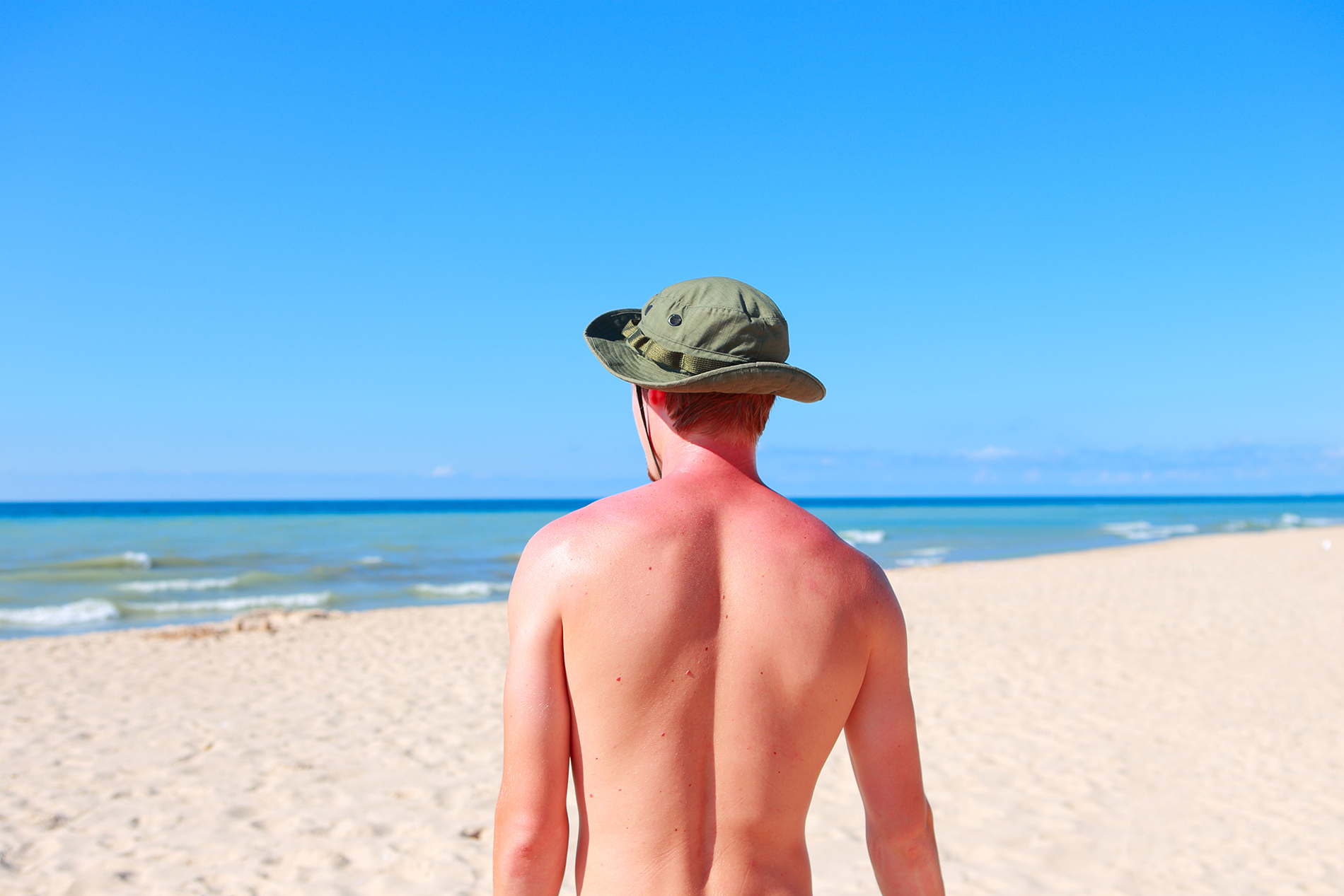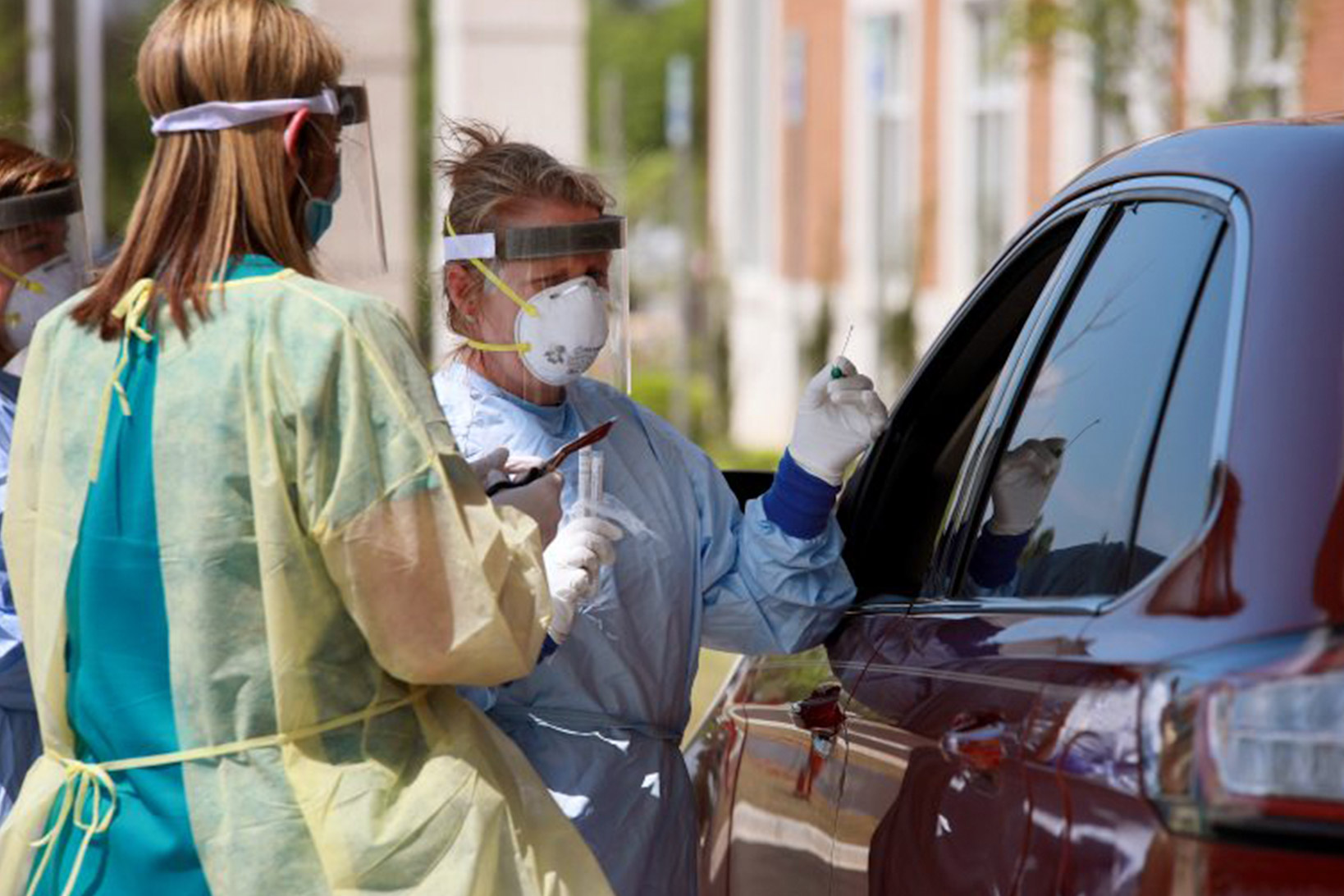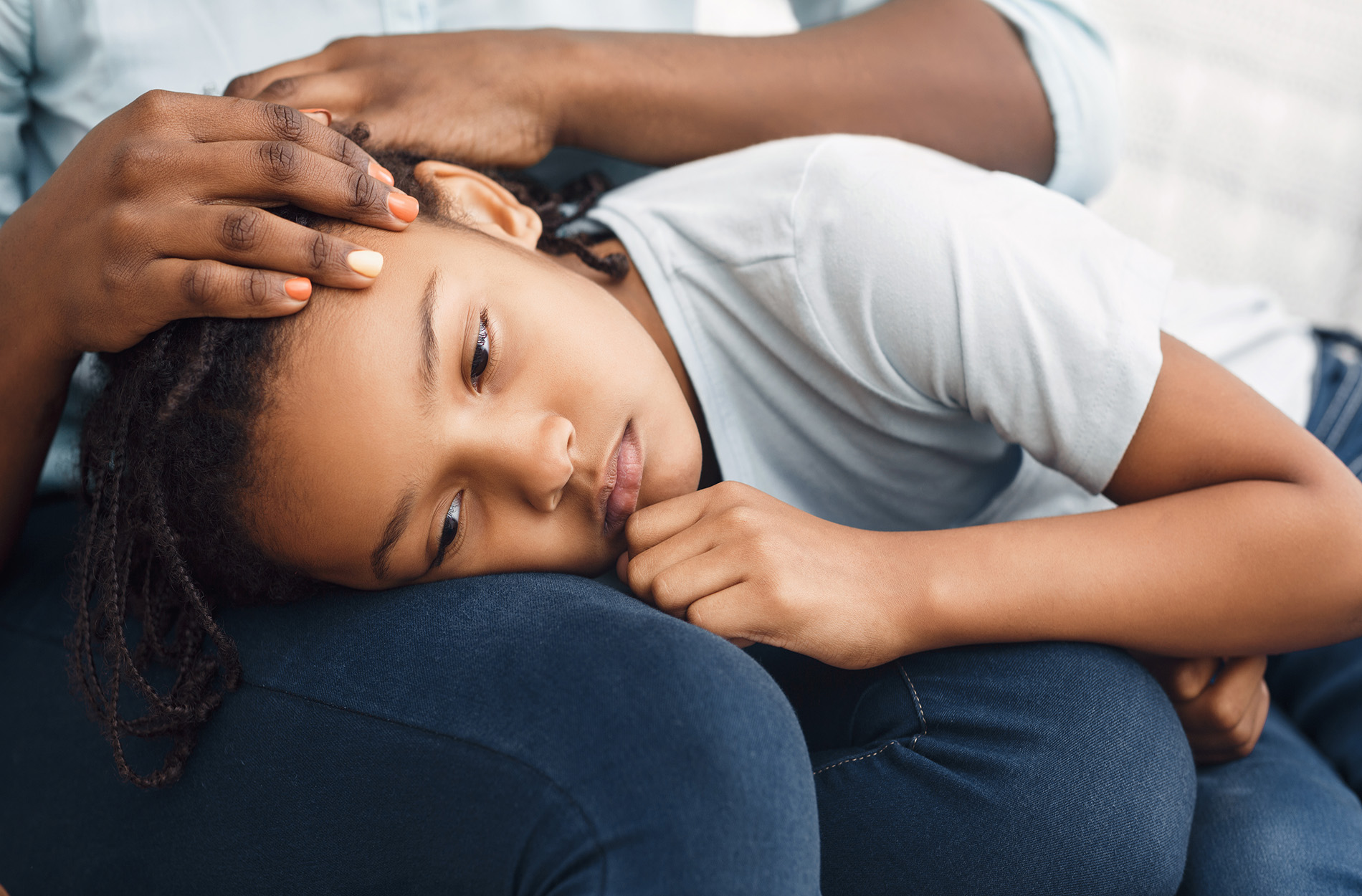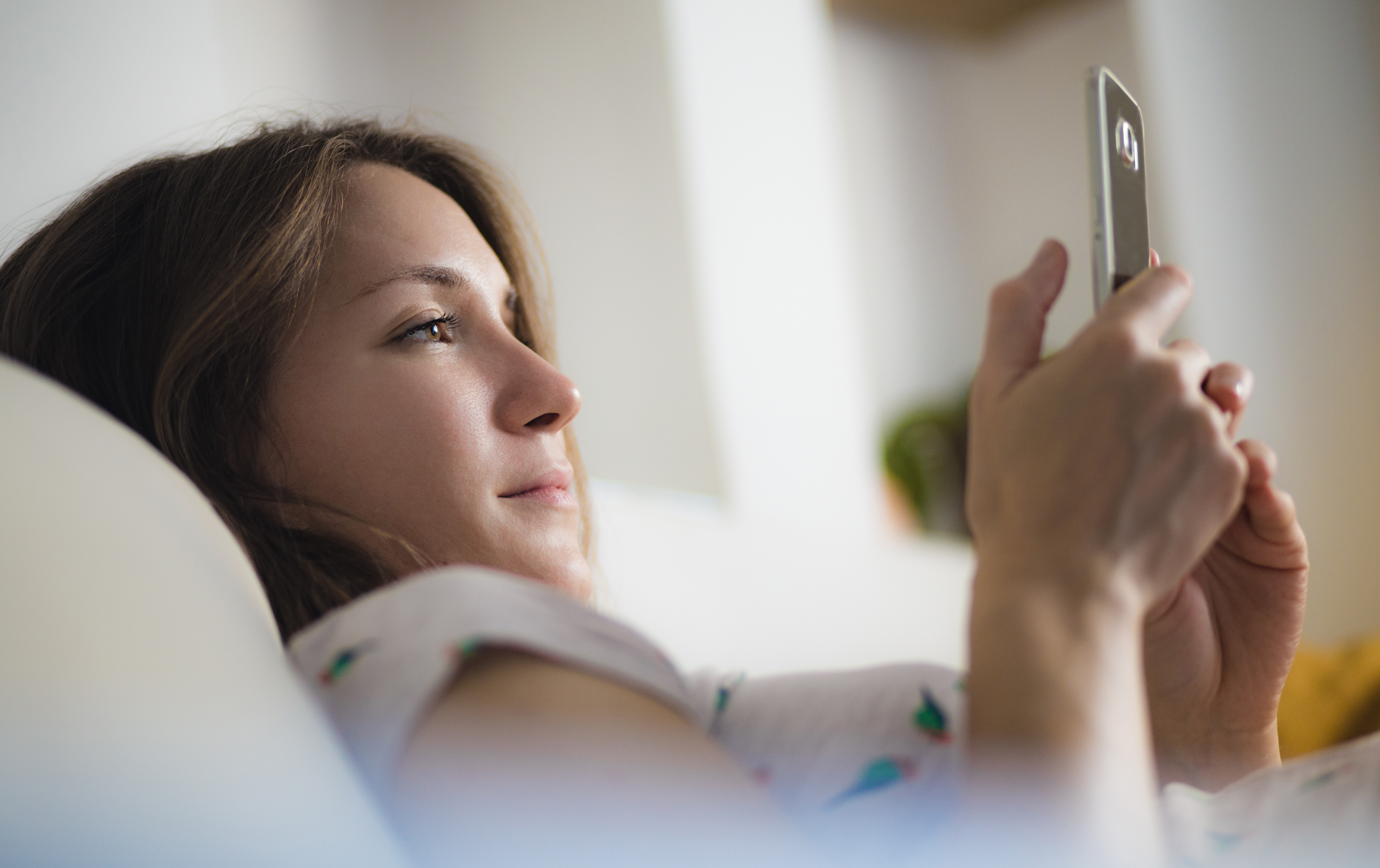Getting sunburn is common and usually mild, with most cases not requiring professional medical care. It is important to prevent sunburn not only because of the short-term pain, but because it increases the risk of developing skin cancers like melanoma. James A. Wilkins, MD, with Lexington Family Practice Chapin shares his tips for avoiding sunburn and what you can do to treat it.
Q. How much sun exposure is safe?
You can start to get sunburn after 15-20 minutes of sun exposure without protection. It is important for infants under 6 months old to avoid sun exposure due to more sensitive skin.
Q. What’s the safest time of day to be in the sun?
The most sun exposure happens between 10 a.m. and 4 p.m. Try to schedule outdoor activities before or after these hours to decrease your risk of getting a sunburn.
Q. What level of SPF protection do you recommend?
Use SPF 30 or higher. Try to apply the sunscreen 15-30 minutes before exposure and re-apply every two hours. If you are swimming, you will need to re-apply more frequently (about every hour) to maintain the protective coating.
Q. Does sunscreen expire?
Sunscreens are required by the FDA to maintain their effectiveness for at least three years even if they have been opened. Most sunscreens include an expiration date that should be followed. Also, if the sunscreen has not been stored at room temperature the contents can separate and become watery or change color; these sunscreens are no longer effective.
Q. Besides sunscreen, what else do you recommend to avoid sunburn?
Personally, I love wearing protective clothing for sun protection because I don’t have to worry about re-application of sunscreen. Fabrics that are tightly woven, thick, or dark-colored are helpful for protection. Clothing is measured with a UPF rating. A rating of 30 to 49 is very good, and 50 or higher is rated as excellent protection.
A wide-brimmed hat goes a long way. I should also say that getting a tan, either outdoors or at a tanning salon, does not decrease the risk of subsequent sunburn and does not decrease the long-term risk of skin cancer.
Q. If you find yourself with a sunburn, what should you do?
Most sunburn with resolve on its own after 3-10 days. Treatment is aimed at treating inflammation and pain. Cool compresses or soaks, calamine lotion, or aloe vera-based gels can help. Ruptured blisters should be gently cleaned with soap and water and covered with wet dressings (unscented petroleum jelly is great for this).
If your physician says you can take NSAIDS, taking 400mg of ibuprofen three times a day can help control the inflammation and pain.
Q. Some sunburns can be really bad. When should someone seek medical attention for a sunburn?
If you are experiencing extensive blistering, severe pain, or systemic symptoms like fever, headache, vomiting, chills, or dehydration after a severe sunburn, you should seek medical care for pain control and fluids.

James A. Wilkins, MD, Lexington Family Practice Chapin






Leave a comment